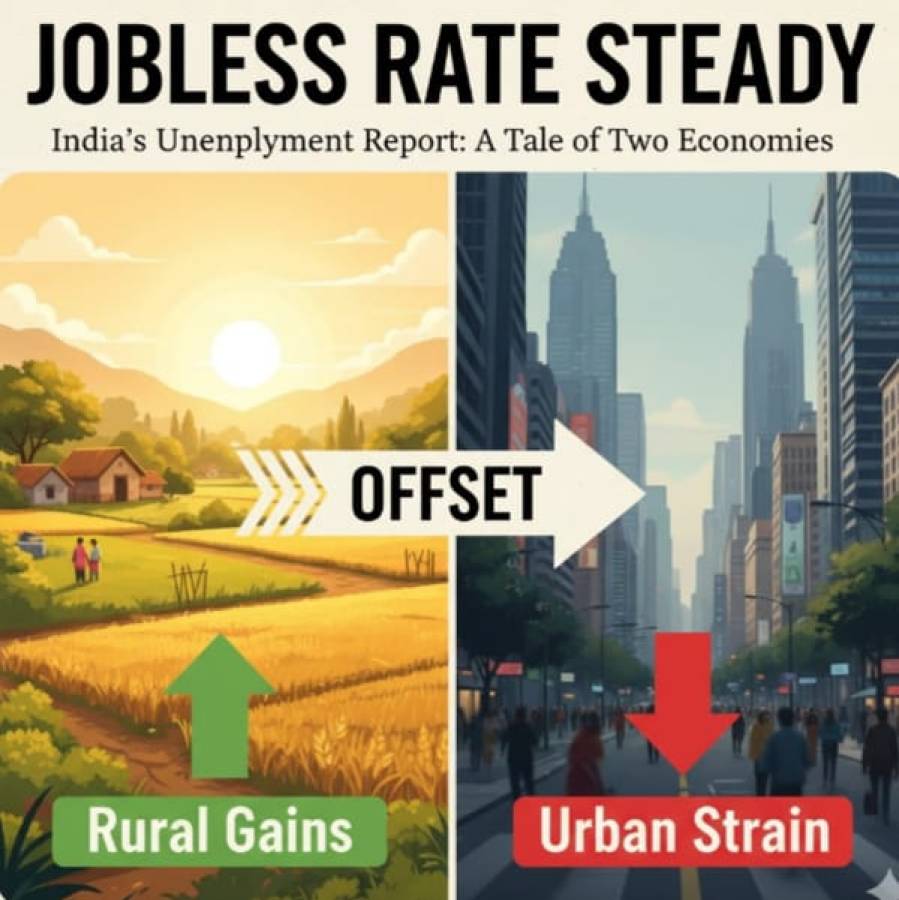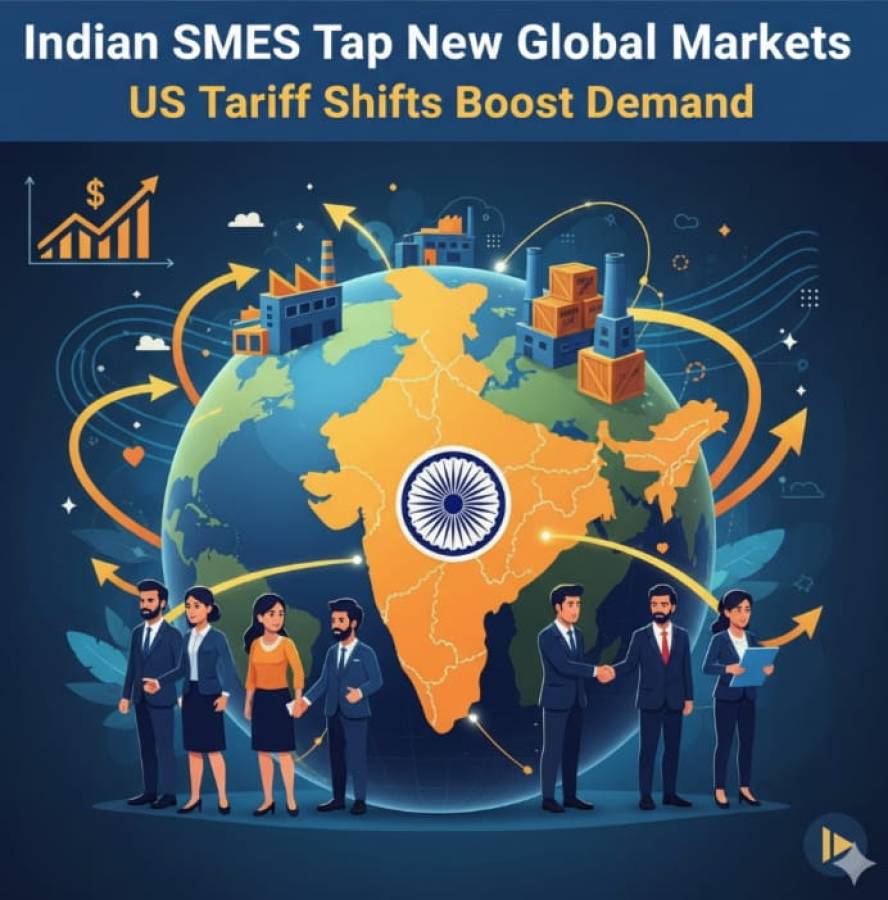
In a move that brings relief to millions of salaried individuals across India, the Employees’ Provident Fund Organisation (EPFO) has announced that it will retain the interest rate on Employees’ Provident Fund (EPF) deposits at 8.25% for the financial year 2024-25. This decision, impacting over seven crore subscribers, ensures the steady growth of long-term savings and provides financial stability for retirement planning. In this comprehensive guide, we’ll explore what this decision means for you, the historical context behind it, EPFO’s investment strategy, and actionable steps to maximize your EPF benefits.
What Is EPF and Why Does It Matter?
The Employees’ Provident Fund (EPF) is one of the most popular and trusted savings schemes in India, designed to help salaried individuals build a retirement corpus. It is a mandatory savings scheme where both employees and employers contribute 12% of the employee’s basic salary and dearness allowance each month to the EPF account. Over time, these contributions accumulate and earn interest, providing a substantial financial cushion for retirement.
The EPF interest rate, declared annually by the EPFO, plays a crucial role in determining how much your savings grow. For 2024-25, the EPFO has decided to keep the interest rate at 8.25%, the same as the previous year. This decision is significant, especially in the current economic climate, where global uncertainties and fluctuating interest rates in other investment avenues make stable returns all the more valuable.
Historical Context: A Decade of EPF Interest Rates
To fully appreciate the significance of the 8.25% interest rate, it’s essential to look at the historical trends of EPF interest rates over the past decade:
- 2015-16: 8.8%
- 2016-17: 8.65%
- 2017-18: 8.55%
- 2021-22: 8.1% (a four-decade low)
- 2022-23: 8.15%
- 2023-24: 8.25%
Over the years, the EPF interest rate has seen a gradual decline, reflecting broader economic challenges such as inflation, market volatility, and changes in monetary policy. However, the recent stabilization at 8.25% indicates a balanced approach by the EPFO to ensure steady returns for subscribers while navigating global financial uncertainties.
The reduction in interest rates over the years has often been a topic of concern for subscribers. For instance, the rate was slashed to 8.1% in 2021-22, marking the lowest rate in four decades. This decision was influenced by the economic impact of the COVID-19 pandemic, which led to reduced earnings from investments. However, the subsequent increases to 8.15% in 2022-23 and 8.25% in 2023-24 and 2024-25 demonstrate the EPFO’s commitment to balancing subscriber interests with economic realities.
How EPFO’s Investment Strategy Impacts Your Savings
The EPFO’s ability to offer a competitive interest rate depends on its investment strategy. Let’s take a closer look at how the EPFO manages its funds to ensure stable returns for subscribers:
- Debt vs. Equity Investments:
Traditionally, EPFO allocates 85% of its annual accruals to debt instruments such as government bonds, treasury bills, and fixed-income securities. These investments are considered low-risk and provide stable returns. The remaining 15% is invested in equities (stocks), which have the potential for higher returns but come with increased risk. - Equity Investments via ETFs:
The equity portion of EPFO’s investments is primarily channeled into Exchange Traded Funds (ETFs) tied to major indices like the BSE Sensex and NSE Nifty 50. ETFs are a cost-effective way to invest in a diversified portfolio of stocks, reducing the risk associated with individual stock investments. Over the years, equity investments have contributed significantly to EPFO’s overall returns, enabling it to maintain competitive interest rates. - Reinvestment Strategy:
In November 2024, the EPFO’s Central Board of Trustees approved a new strategy to reinvest 50% of its redemption proceeds from ETFs back into equities. This move is designed to diversify the investment portfolio and potentially enhance returns. By reinvesting in equities, the EPFO aims to capitalize on market opportunities and ensure that subscribers continue to benefit from stable interest rates. - Challenges and Opportunities:
While the EPFO’s investment strategy has generally been successful, it is not without challenges. Market volatility, economic downturns, and changes in government policies can impact returns. However, the EPFO’s conservative approach, combined with strategic equity investments, has helped it navigate these challenges effectively.
What Does the 8.25% Interest Rate Mean for Subscribers?
The decision to retain the 8.25% interest rate has several positive implications for EPF subscribers:
- Stable Growth of Retirement Savings:
With a consistent interest rate, subscribers can expect their EPF balances to grow steadily over time. For example, if you have a balance of ₹5 lakh in your EPF account, an 8.25% interest rate would add ₹41,250 to your savings in a year. Over the course of your career, this compounding effect can result in a substantial retirement corpus. - Protection Against Inflation:
At 8.25%, the EPF interest rate remains higher than the average inflation rate in India, which has hovered around 5-6% in recent years. This ensures that your savings retain their purchasing power over time, protecting you from the eroding effects of inflation. - Financial Security Amid Global Uncertainties:
In a world grappling with economic volatility, the EPFO’s decision offers a sense of security to millions of salaried individuals. Whether it’s geopolitical tensions, fluctuating oil prices, or the aftermath of the COVID-19 pandemic, the EPF provides a reliable financial cushion for your post-retirement years. - Encouragement for Long-Term Savings:
The EPF is designed to encourage long-term savings, and the 8.25% interest rate reinforces this objective. By staying invested in the EPF, you can build a significant retirement corpus without worrying about market fluctuations or the need to constantly monitor your investments.
How to Make the Most of Your EPF Account
To maximize the benefits of your EPF account, consider the following steps:
- Regularly Check Your EPF Balance:
Use the EPFO’s online portal or UMANG app to monitor your account and ensure that contributions are being credited correctly. Regular monitoring helps you stay on top of your savings and identify any discrepancies early. - Link Your Aadhaar and UAN:
Ensure that your Universal Account Number (UAN) is linked to your Aadhaar and bank account. This not only simplifies transactions but also ensures that you receive timely updates and notifications about your EPF account. - Plan Your Financial Future:
While the EPF is a cornerstone of retirement planning, it’s essential to complement it with other investment options. Consider diversifying your portfolio with instruments like the National Pension System (NPS), mutual funds, or fixed deposits to achieve your financial goals. - Stay Informed:
Keep an eye on announcements from the EPFO regarding interest rates, policy changes, and new initiatives. Staying informed allows you to make timely decisions and optimize your savings. - Avoid Premature Withdrawals:
While the EPF allows partial withdrawals for specific purposes like medical emergencies or home purchases, it’s advisable to avoid premature withdrawals. Let your savings grow and compound over time to build a substantial retirement corpus.
A Step Toward Financial Stability
The EPFO’s decision to retain the 8.25% interest rate for 2024-25 is a welcome move for millions of salaried individuals. It reflects a balanced approach to ensuring stable returns for subscribers while navigating the complexities of global economic conditions. By understanding the historical context, investment strategy, and implications of this decision, you can make informed choices to secure your financial future.
As an EPF subscriber, it’s essential to stay proactive, monitor your account, and plan ahead. After all, your EPF is not just a savings tool—it’s a foundation for a secure and comfortable retirement. By leveraging the benefits of the EPF and complementing it with other investments, you can achieve financial stability and peace of mind in the long run.





















